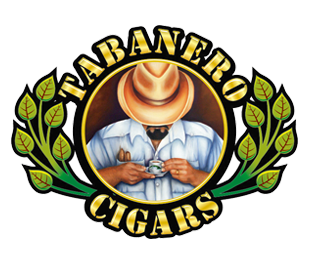The Background Of The Bonfire
As winter vibes approach, so does the feeling of getting together with a bunch of friends around a big fire, making smores, telling fun tales, having some good laughs, and making irreplaceable memories.
However, is this always what people define a bonfire as? Here, you shall be given a background on what having a bonfire signified to people and what it symbolizes now.

What Is A Bonfire?
A bonfire is a huge, well-managed outdoor fire that is used for either informal disposal of garbage or as part of a special event.
Although bonfires are commonly linked with festivals, backyard burnings, and roasting marshmallows, the bon in a bonfire is unrelated to the French word for "good." Bonfire, on the other hand, comes from the Middle English word bonefire, which simply translates to a fire of bones.
There are a few significant arguments in favor of the etymology of bone fire. To begin with, the construct proposed by early lexicographers would be a strange hybrid - it's difficult to explain why a French word would be combined with an English one.
Second, given the word's origins in the 15th century, we could anticipate it to have evolved into boonfire, as boon is the English equivalent of the French bon.
Third, the word's earliest usage uses the spelling banefyre, and bane is a spelling of bone that has long been popular in Scotland.
What Is A Bonfire For?
Eventually, the term bonfire was used for other huge fires, such as those used to burn yard waste or undesirable belongings.
Bonfires are used to try and get rid of unwanted plant material that cannot be composted on farms, large gardens, and allotments. Woody material, noxious weeds, sick material, and material treated with persistent insecticides and herbicides are all examples of this.
Such bonfires can be relatively modest, but they are frequently built to burn slowly for several days in order to reduce wet and green material to ash by turning the unburnt stuff into the center on a regular basis.
Turf and other earthy materials can also be burned in these bonfires.
The ash from backyard bonfires is a good source of potassium and may help improve the soil structure in some soils, but such flames must be controlled carefully.
Garden and farm bonfires are usually smokey, and if badly managed or lit in inclement weather, they can cause local annoyance.
Bonfires were also lit in honor of saints, giving rise to the term's general definition of an open-air fire where people gathered to celebrate. This type of bonfire is still used to remember events in modern times.
Obviously, when Fall approaches, bonfires and chilly picnics are in order.
Where Should You Hold A Celebratory Bonfire?
A bonfire normally necessitates a large amount of open area in order to handle its huge flames—and people properly.
Choose a location for your bonfire birthday party that allows for plenty of safe sitting (both near and far from the fire), as well as space for guests to mix, mingle, and enjoy any additional activities such as lawn games.
If your backyard isn't big enough, consider hosting at a local beach, open field, or park—ask about rental prices and regulations ahead of time, and make sure you have the necessary licenses.
If you're looking for a fun activity to do with your friends and family during a bonfire, then we have the perfect thing for you. Smoking a high-quality cigar with your loved ones sounds almost as heavenly as the crackling flames of the bonfire.
If you find these Winter Vibes appealing, then head on over to Tabanero Cigars and check out the Maceda Brand for quality cigars to enjoy quality time with your pals.
2 Responses
Acres99
Wow , i learned something new here. i wish you will post more article just like this one
Acres99 is an online platform where you can find all its services such as Real estate property for sale, rental and leasing. We are specialized in connecting agents, tenants, buyers and sellers from all across India. We aim to eliminate transaction cost by integrating verified buyers, sellers, facilitate customised solutions and provide 100% customer support.
AbacusTrainer
You wrote this blog very well. Very knowledgeable. Thanks for sharing this
“Abacus Trainer provides the Best Online Abacus Classes in India. Best platform for Abacus Training program from certified teachers for Students & Tutors
To know more about AbacusTrainer
Visit:"
Online Abacus Classes!
Vedic Maths Online Classes!
Abacus Teacher Training!
Abacus!







Yanko Maceda
Author